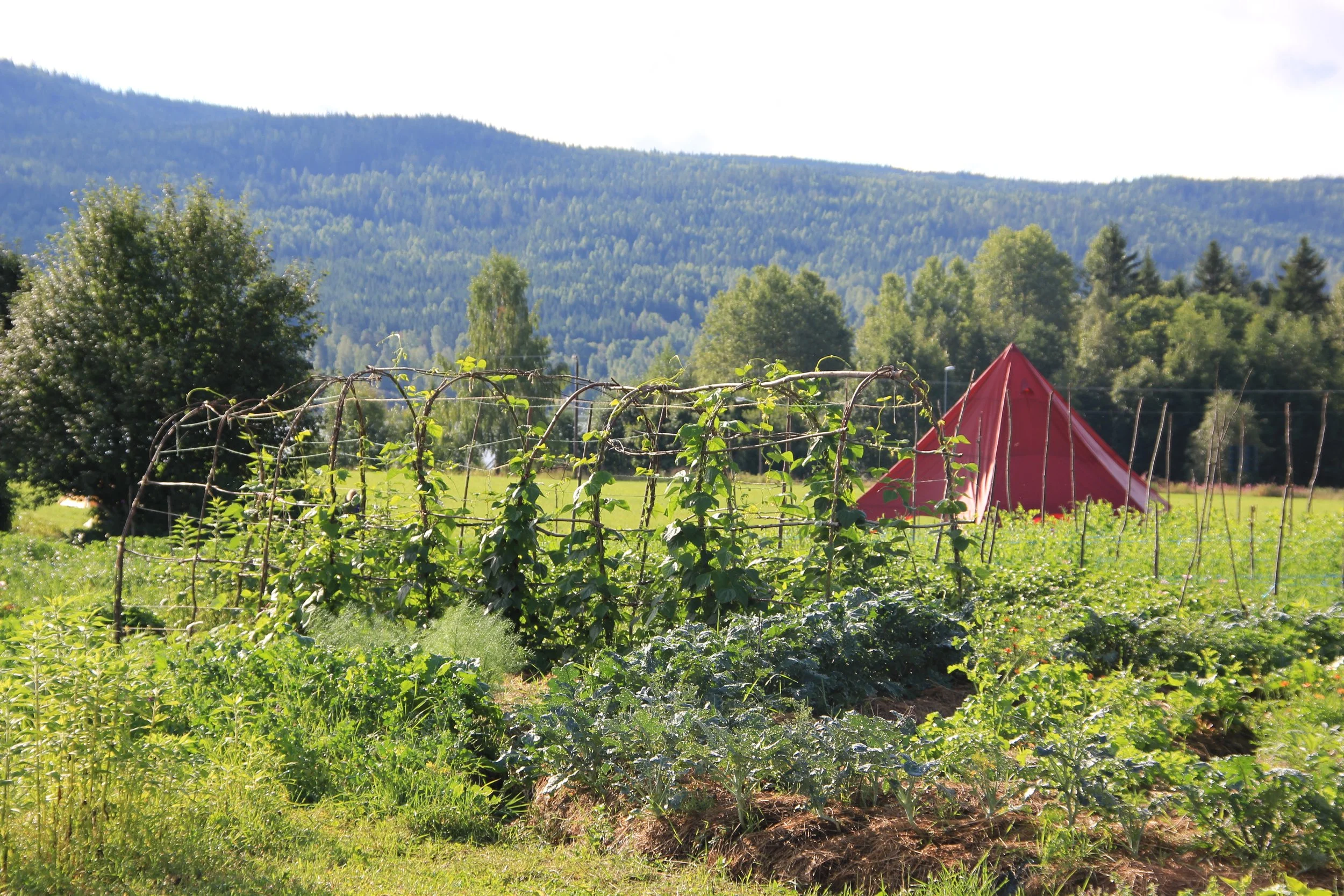What is a Food Forest?
A Food Forest is an edible garden designed to imitate the interactions, density, and resilience of forested ecosystems. Winnett Food Forest is working in a small lot in Southern Hamden, to demonstrate the concept on a smaller scale, and show alternative possibilities for lawns and municipal green spaces.

Inspired by Indigenous Agriculture and Permaculture, and focused on soil and climate regeneration
A Food Forest takes three dimensional planning - starting with the installation of young fruiting or nitrogen fixing trees and shrubs as you prepare the site, and continuing as you plant the understory layers. Over the course of up to 5 years, a site can be transformed into a vibrant ecosystem, home to native and edible plants and a variety of insect and bird species.
The restorative approach
By cultivating lawns, applying pesticides and fertilizers, we wreak havoc on the ecosystems that many of us spend the most time in. We can restore life and activity to our green spaces simply by letting some of the native plants we often think of as ‘weeds’ grow. With intention, observation, and selection, we can bring back insects, fungal activity, active decomposition, all while supporting your food needs. Imagine what a neighborhood full of mini-food forests would look like!
Gardening in this style not only helps to produce food and provide habitat for pollinators and other insects, it also helps to mitigate some of the extreme weather effects we’ve seen recently as a result of climate change. By increasing a space’s capacity for rainwater absorption, structures are less prone to flooding. And trees and shrubs can help to serve as a windbreak, and also increase shade coverage in your neighborhood.
